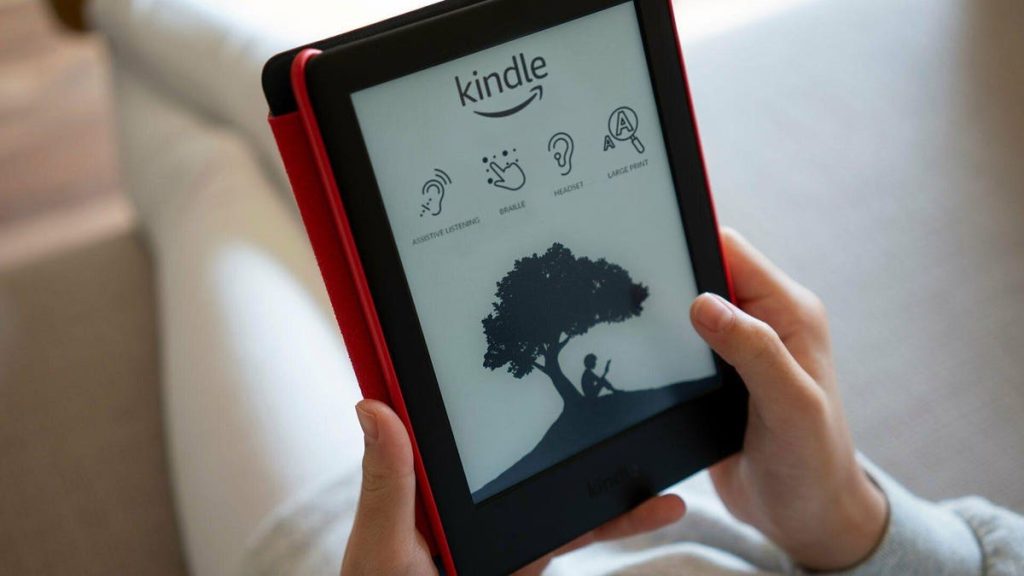In a blog post published last week, Seattle-based Amazon detailed a number of accessibility features strewn about the company’s ecosystem. The post, written by Deb Landau, highlights such functionality as Alexa, Dialogue Boost, closed captions, audio descriptions, and many more.
“Amazon has been working to make its products accessible to everyone for a decade, and the company is just getting started,” Landau wrote.
Amazon’s post features statements from company executives JoAnna Hansen and Peter Korn, both of whom have spent time in this space’s spotlight spanning various interviews over the years. Hansen said accessibility is “integrated into the core of everything we do,” with Korn saying accessibility is “at the forefront of people’s minds,” adding “the code we write can go out and make a huge difference in people’s lives.”
Landau also highlights the critical acclaim Amazon has received from disability organizations for its accessibility work. In 2019, the American Foundation for the Blind honored Amazon with the highly prestigious Helen Keller Achievement Award for what Landau described as “its work to improve access to its products and services for people with disabilities.” More recently, Amazon was recognized by the Business Disability Forum with the Disability Smart Technology Award.
Amongst the more noteworthy accessibility features Amazon spotlights are Show and Tell and the Hub Locker features. Regarding Show and Tell, it’s a feature largely similar to Be My Eyes or Apple’s forthcoming Point and Speak in iOS 17, whereby a Blind or low vision person can hold up a physical label—a printed receipt, for instance—and the software will read aloud what’s on the label using the camera and some fancy machine learning algorithms. There’s a video on YouTube demonstrating how Show and Tell works. As for the Hub Locker outposts, Landau explains the lockers—designated pickup locations at which customers can retrieve packages—offer people with disabilities accommodations such as “talking lockers, larger and high-contrast touchscreen text, and a lower locker-slot preference to support access for customers who are blind, low vision, deaf, hard of hearing, or mobility impaired.”
More info on Amazon accessibility can be found on this webpage.
Read the full article here










